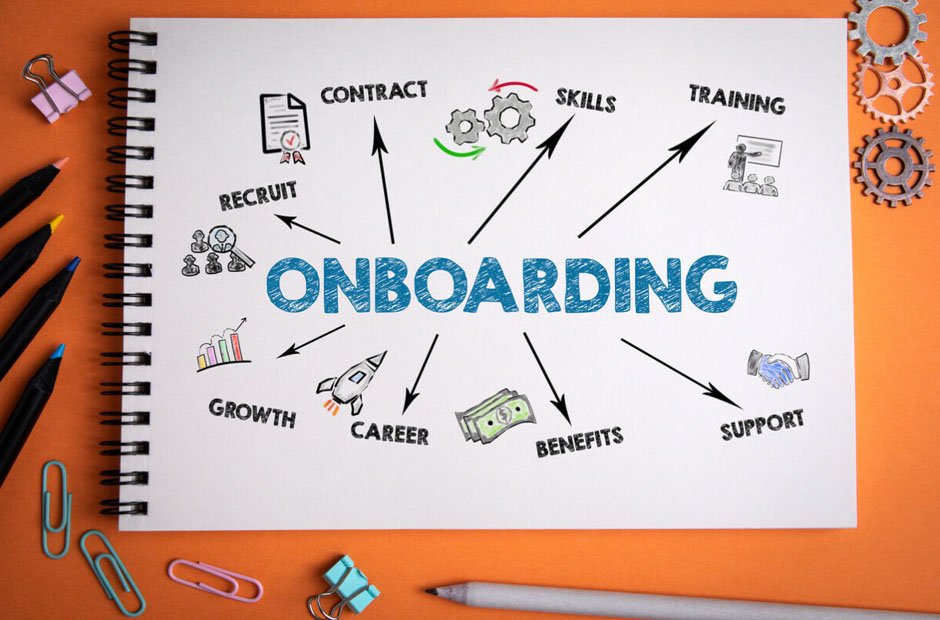Successfully integrating new employees into an organization is more than just a formality—it sets the tone for engagement, productivity, and long-term retention. Effective onboarding extends beyond orientation sessions, providing a structured introduction to the company’s culture, values, expectations, and workflows. When executed thoughtfully, it helps new hires feel welcomed, confident, and prepared to contribute from day one, reducing turnover and boosting overall team performance.
Modern onboarding strategies often leverage technology to streamline the process and enhance consistency. Implementing tools like onboarding HR software can simplify paperwork, track progress, and provide a centralized platform for training and resources. By combining personal interaction with digital support, organizations can create a seamless, efficient, and engaging onboarding experience that accelerates adaptation and ensures new employees are set up for success.
Pre-Onboarding Activities
Pre-onboarding activities are crucial for engaging new employees before their official start date. They clarify company policies, necessary paperwork, and offer tailored training modules. This proactive step helps new hires feel confident and prepared. Moreover, assigning a mentor and introducing the new team member via group chats or internal forums fosters early social bonds, establishing a positive foundation for their experience.
Structured Onboarding Programs
Structured onboarding programs offer a well-defined framework for new employees, covering essential components within a set schedule. These include multi-day orientations, departmental overviews, informal introductions, and skills training modules. Such programs facilitate knowledge transfer, decrease confusion, and enhance confidence during initial employment stages. Organizations with standardized onboarding report up to 50% higher retention of new hires, demonstrating the significant benefits of a straightforward onboarding process.
Leveraging Technology
Technology has significantly enhanced the onboarding process for companies, enabling HR professionals to provide a uniform experience across different locations. Digital platforms serve as centralized access points for company documents, video training sessions, and real-time workflow monitoring. Automation tools help simplify routine tasks, allowing more time for personal engagement. Communication tools such as Slack and Microsoft Teams enable swift connections between new hires and teams, ensuring quick access to information and open feedback channels. These technologies improve onboarding accessibility, especially in digital-first workplaces.
Mentorship Programs
Mentorship programs play a vital role in effective onboarding, offering new hires immediate guidance and a dependable resource for questions and understanding job roles. These relationships can accelerate learning, foster social integration, and enhance job satisfaction, particularly for remote workers. To ensure effectiveness, companies should set clear expectations, hold regular check-ins, and collaborate on monitoring progress to maintain a shared understanding. Such intentional partnerships foster employee growth beyond onboarding, cultivate a sense of community, and provide ongoing support.
Continuous Feedback and Support
Continuous feedback is essential for new employees to track their development and identify areas needing improvement. Regular meetings with managers and team leads foster trust and promote open communication. At the same time, pulse surveys or informal coffee chats offer a safe environment for new hires to share their experiences. These interactions foster recognition of achievements, resolve concerns, and deliver constructive feedback. Organizations that prioritize employee development from the start—rather than waiting for annual reviews—send a strong message of value and commitment, which boosts engagement and retention.
Cultural Immersion
The company’s mission, vision, and values should be embedded in the onboarding process to foster alignment and a shared purpose. New employees should engage in team-building activities, whether virtual or in-person, along with interactive sessions to grasp the organization’s culture and traditions. Consistent involvement helps foster genuine relationships, understand what makes the company unique, and see how shared values are put into practice. Celebrating milestones and personal achievements strengthens a sense of community and belonging, encouraging new hires to be more invested in the organization’s long-term success and growth.
Personalized Experiences
Creating personalized onboarding experiences is crucial for establishing a welcoming and practical environment for new employees. Companies can achieve this by offering personalized welcome videos, customized training paths, and regular check-ins that match individual learning styles. This strategy ensures that employees feel recognized, listened to, and supported from the outset, resulting in quicker adaptation to their roles, higher initial satisfaction, and increased productivity. Such a foundation fosters continued success and growth within the organization.
Recognition and Rewards
Recognizing effort and achievement early is vital for reinforcing positive behaviors and attitudes in organizations. Simple actions such as public recognition, personalized gifts, or celebrating key onboarding milestones demonstrate to new employees that they are valued and appreciated. These gestures elevate morale and foster a culture of appreciation. Regular rewards tied to concrete accomplishments help build loyalty, increase engagement, and improve retention by providing employees with clear growth opportunities.
Wrapping Up Onboarding Success
Effective onboarding is more than a checklist—it’s a strategic investment in employee engagement, productivity, and retention. By combining structured programs, technology, mentorship, continuous feedback, cultural immersion, personalized experiences, and recognition, organizations can create a seamless transition for new hires. Thoughtful onboarding not only accelerates adaptation but also fosters loyalty and long-term growth, ensuring employees feel valued, supported, and ready to contribute meaningfully from day one.



